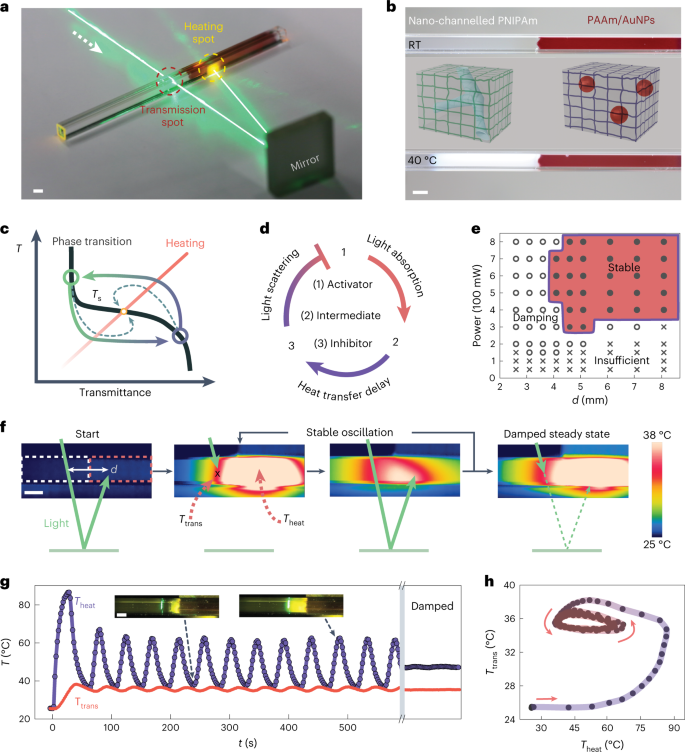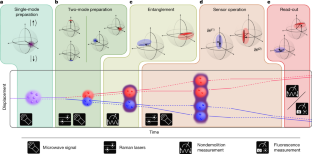2022-11-28 アルゴンヌ国立研究所(ANL)
新しい研究は、ナノ粒子の構成要素から組み立てられた格子にキラリティーを拡張し、新しいメタマテリアル(特定の機能を果たすために周囲との相互作用を設計した材料)の作成を目指すものである。
これまで、ナノ粒子の自発的な集合体から大規模なキラル格子を作ろうとする試みは、あまり成功しなかった。
今回の研究では、多孔質材料の対称性を破る特性にヒントを得て、100ナノメートルよりも小さなピラミッド型ナノ粒子から再構成可能な格子を組み立てた。
<関連情報>
基板上のピンホイール超格子のキラル集合体 Chiral assemblies of pinwheel superlattices on substrates
Shan Zhou,Jiahui Li,Jun Lu,Haihua Liu,Ji-Young Kim,Ahyoung Kim,Lehan Yao,Chang Liu,Chang Qian,Zachary D. Hood,Xiaoying Lin,Wenxiang Chen,Thomas E. Gage,Ilke Arslan,Alex Travesset,Kai Sun,Nicholas A. Kotov & Qian Chen
Nature

Abstract
The unique topology and physics of chiral superlattices make their self-assembly from nanoparticles highly sought after yet challenging in regard to (meta)materials1,2,3. Here we show that tetrahedral gold nanoparticles can transform from a perovskite-like, low-density phase with corner-to-corner connections into pinwheel assemblies with corner-to-edge connections and denser packing. Whereas corner-sharing assemblies are achiral, pinwheel superlattices become strongly mirror asymmetric on solid substrates as demonstrated by chirality measures. Liquid-phase transmission electron microscopy and computational models show that van der Waals and electrostatic interactions between nanoparticles control thermodynamic equilibrium. Variable corner-to-edge connections among tetrahedra enable fine-tuning of chirality. The domains of the bilayer superlattices show strong chiroptical activity as identified by photon-induced near-field electron microscopy and finite-difference time-domain simulations. The simplicity and versatility of substrate-supported chiral superlattices facilitate the manufacture of metastructured coatings with unusual optical, mechanical and electronic characteristics.



